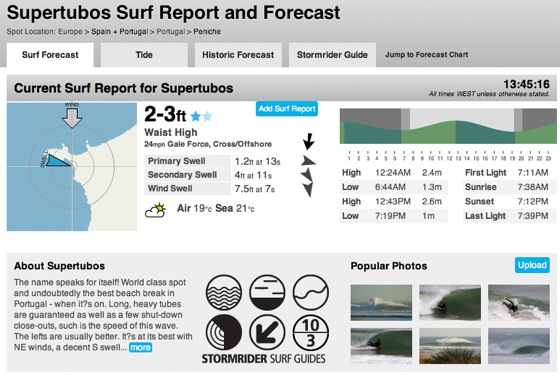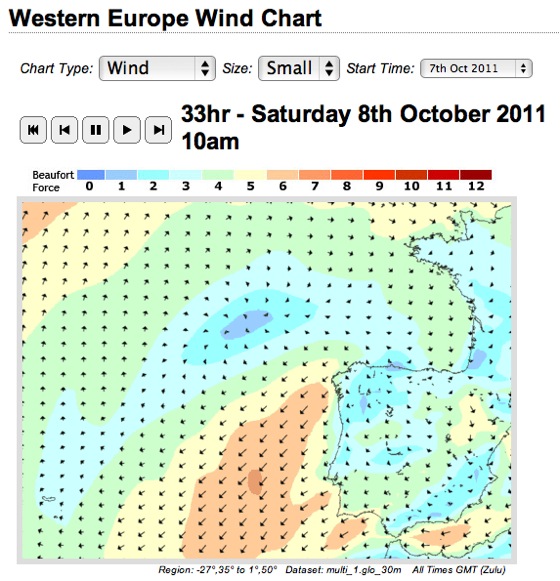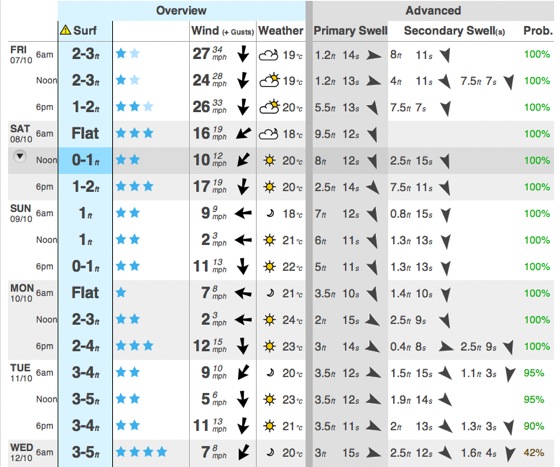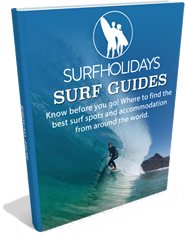
You’ve mastered the art of reading swell direction and wave height, now it’s time to understand how the tides and the winds effect your chosen surf break.
It’s not just about having swell pushing through to create surfable waves, it’s about having clean waves to ride. The wind makes a massive difference to whether it’s worth getting into your wetsuit and paddling out. If the wind is too strong in any direction, it will make the waves very choppy and will tend to ruin any clean waves out there. However, a little bit of wind, when it’s off shore, is ideal.
In a perfect world, when looking at your surf break’s report, the wind direction would be directed across the land and angled towards the swell pushing in. When the wind is off shore, it will help to hold up the face of the wave, so your ride will be better. Generally speaking, most surf spots are best first thing in the morning- ie dawn patrol, before the wind swings around during the day and comes from the ocean. Take a look at the report below for Portugal's coast, and the detailed report for Supertubos in Peniche.


Next on the list to check is how strong the wind will be. A few miles per how is fine, but as soon as it starts getting stronger, it will blow out the waves. It can still be fun if you’re playing in the whitewater, but don’t expect any amazing rides.
Once you’ve got the hang of reading the wind report, check the tides. Some surf spots only work at specific ebbs and pushes of the tide. For example, there are some reef or rock breaks that are rideable at half tide, disappear at full tide, and are too dangerous at low tide. Checking when high and low tide occurs along with some local knowledge will be essential to making the most of the break.


If you’re visiting a surf spot that you’ve been to before, but in a different season, make sure you check out the reports again. Spring or Autumn tides can be very different and completely change a break. Perfect conditions in the Autumn, but the high Spring tides may make a break disappear for a month or two.
The ocean doesn’t play by our rules, so have fun planning your surf holidays and trips, take your time over learning about the surf, and most of all- enjoy your time in the water. Happy surfing.
Note- We've used www.magicseaweed.com for our examples for the 'how to' series.
Note- We've used www.magicseaweed.com for our examples for the 'how to' series.






 Francesca Bingley
Francesca Bingley






